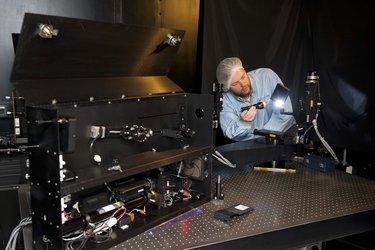Milk-carton-sized HyperScout making hyperspectral Earth views
This cloud-free image of the northern Netherlands during lockdown comes from a camera the size of a milk carton, aboard a satellite the size of a shoebox.
The HyperScout imager on ESA’s GomX-4B CubeSat combines multiple image frames like these to produce hyperspectral views of its target, combining more colours than the human eye can perceive to yield much richer environmental information than standard optical satellite acquisitions.
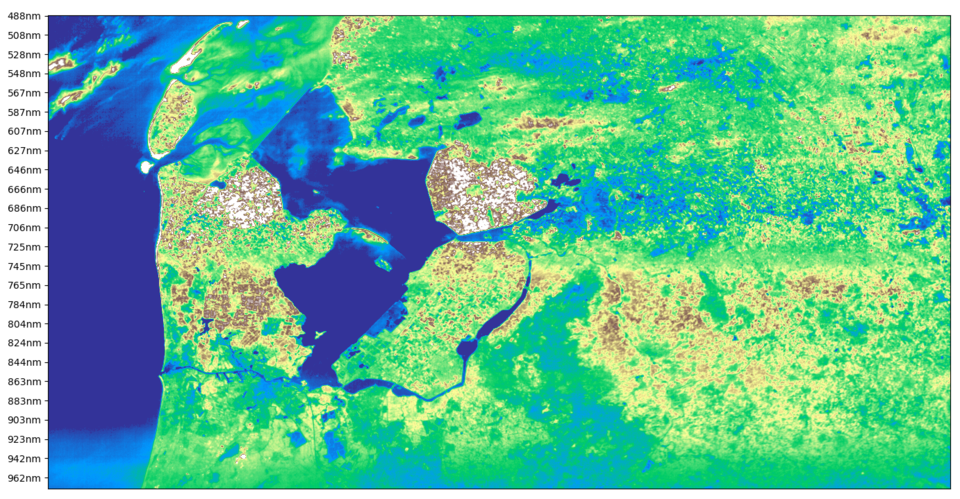
“HyperScout reached orbit with GomX-4B back in February 2018, and acquired its first image a little over two years ago,” explains business unit manger Marco Esposito of Netherlands-based cosine Remote Sensing, the company that designed and built HyperScout in collaboration with ESA.
“We are pleased that our compact but powerful instrument is still operating well, demonstrating its reliability. Acquiring up to 45 visible and near-infrared spectral bands, HyperScout is well suited to monitor vegetation and crop health, water quality and land cover change detection in general. Scientists have been eager to make use of its data, with scientific papers on the way.”
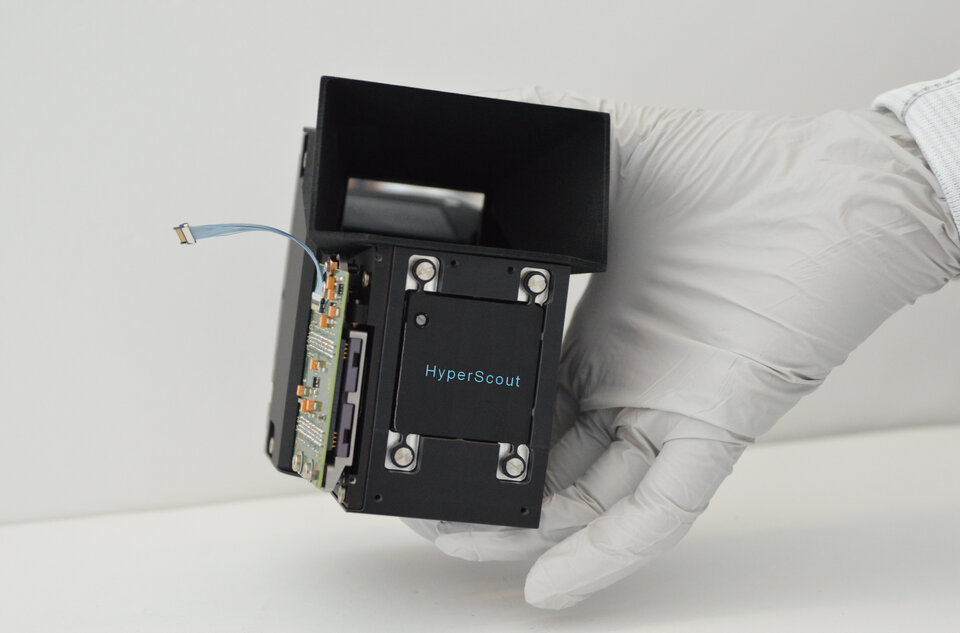
HyperScout’s April 2020 image of its Dutch homeland demonstrates its wide footprint, measuring approximately 200 x 150 km. This is possible from such a small imager thanks to years of ESA-led research, to shrink down a complex assemblage of precisely curved ‘three-mirror anastigmat’ mirrors to a sufficiently small scale.
“Each line making up a HyperScout image is acquired in a different spectral band,” explains ESA optical engineer Alessandro Zuccaro Marchi. “The imager takes advantage of the onward orbital motion of its host CubeSat so that these lines overlap, to build up a complete hyperspectral ‘image cube’.”
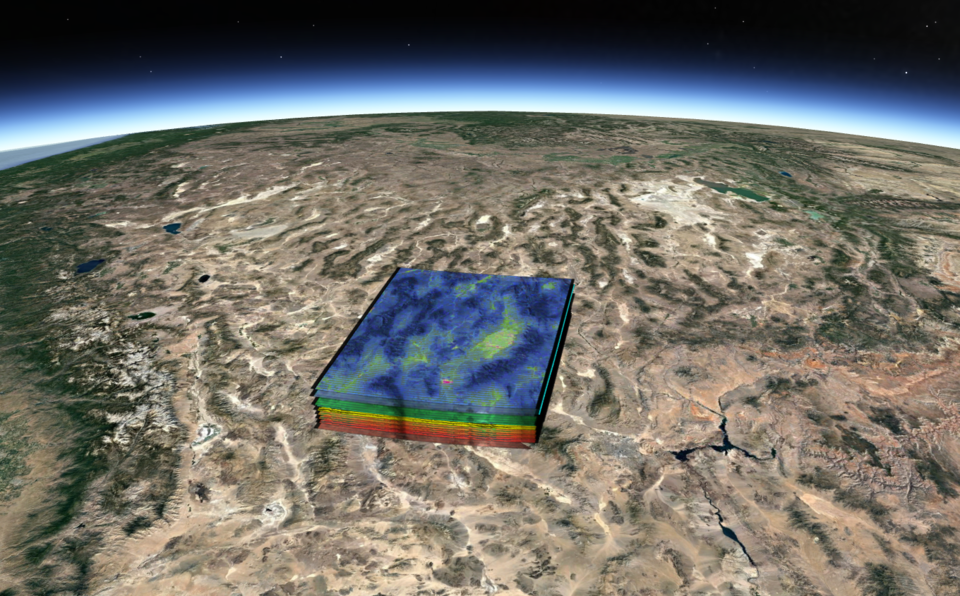
Marco Esposito adds: “The resulting hyperspectral image is very large in terms of data volume, so HyperScout is able to perform its own onboard image processing and data compression.
“This means less data need to be downlinked to the ground, to stay within the limited bandwidth of such small satellite platforms. Data users, for instance, might review a sample image, then decide to focus only on a smaller area of interest, such as a vegetated regions. HyperScout can then customise its hyperspectral data for downlink accordingly.”
Luca Maresi, Head of ESA's Optics section, explains that “even though HyperScout is a tiny instrument, its complexity is equal to much larger systems. It was developed by an industrial consortium led by cosine, comprising VITO in Belgium, S&T in the Netherlands, and Technical University of Delft.
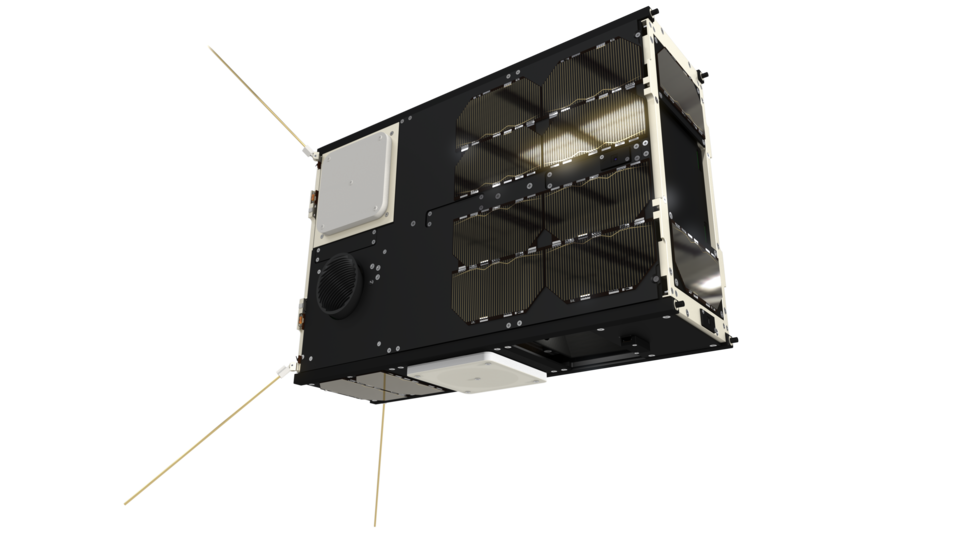
“The consortium worked in close collaboration to provide the HyperScout with the capabilities to perform real-time on-board data processing, a task that usually requires days of computation by powerful on-ground computers.”
HyperScout’s development was supported through ESA’s General Support Technology Programme (GSTP), advancing promising technology for space, which also found it an early flight opportunity aboard ESA technology CubeSat GomX-4B developed by GomSpace in Denmark.
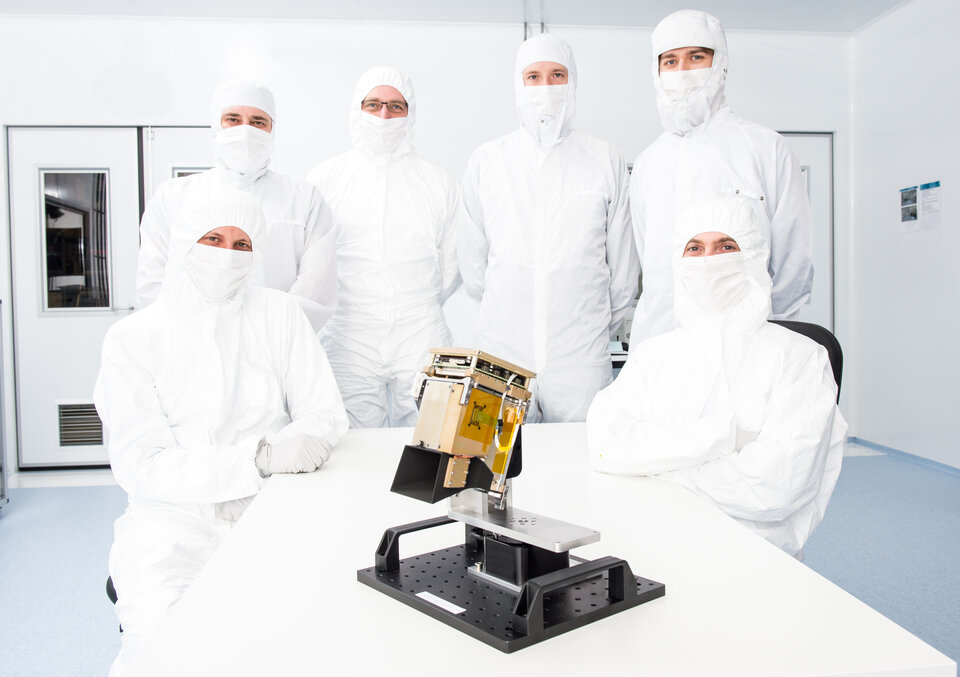
“The product has already found commercial success in the international marketplace,” adds Marco, “and an enhanced version, HyperScout2, developed with the ESA Earth Observation Φ department, is due to be launched this summer as part of Spain’s FSSCat mission, aboard ESA’s inaugural Vega Small Spacecraft Mission Service launch.”
The enhanced HyperScout 2 offers even more processing performance through the use of the Movidius processing board, based on Intel Ireland's new Myriad 2 artificial intelligence chip, integrated for flight within the frame of GSTP's Fly element. HyperScout 2 also features an additional thermal infrared channel, developed through cooperation with the Φ department and the Φ-lab of ESA's Earth Observation Programme.
Marco notes: “One of the mission goals is to see the results of this extra processing power and capability in terms of power efficiency.”
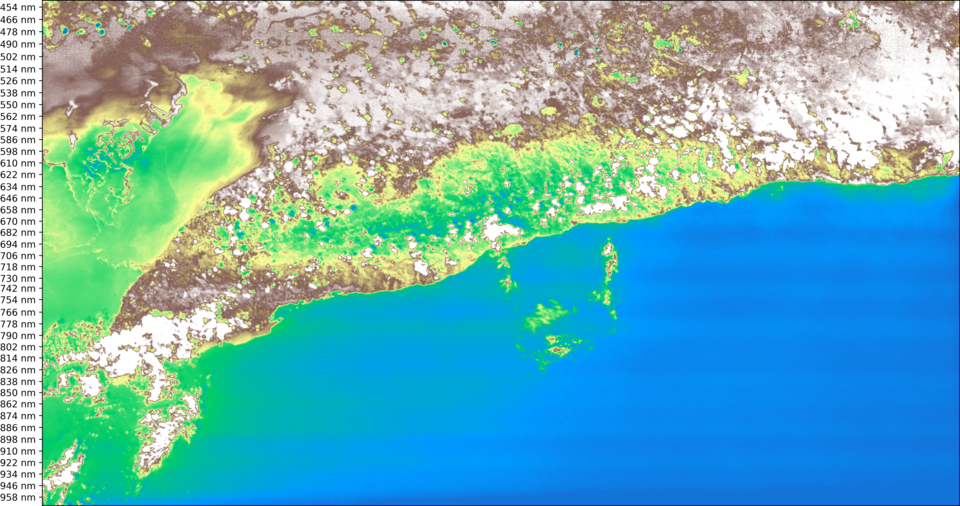
HyperScout imagery has also been cross-calibrated with multispectral views from the full-sized Copernicus Sentinel-2 satellite as part of the ESA ɸ-lab MATCH activity. HyperScout with its wide field view and numerous spectral bands offers complementary information to such larger satellites.
A small constellation of satellites with HyperScout would provide hourly revisits of areas of interest, such as densely populated regions, offering a novel service at a cost that no other satellite can match.






